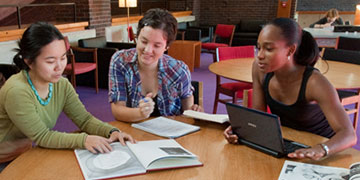To access this work you must either be on the Smith College campus OR have valid Smith login credentials.
On Campus users: To access this work if you are on campus please Select the Download button.
Off Campus users: To access this work from off campus, please select the Off-Campus button and enter your Smith username and password when prompted.
Non-Smith users: You may request this item through Interlibrary Loan at your own library.
Publication Date
2021-5
Document Type
Capstone
Study Type
EMX 301
Department
Environmental Science and Policy
Advisors
Paul Wetzel
Abstract
The ‘Health & Food Access’ portion of FINE’s metrics dashboard was created as a useful tool for anyone to access introductory resources on data regarding the American food system. The data and material collected in the dashboard provides background about income, health, and food access in the U.S. This page can be used by the general public, policy makers, and people at FINE’s specific partner institutions such as schools and universities, hospitals, and the prison system. That being said, the existing collection of data does not provide the full breadth of food access indicators that would be most useful for future policy work. The current data on the website is from the 2013-2015 range and will also need to be updated. Through our project, we conducted an ‘audit’ for the page to determine what the best new metrics for understanding food access are, with a specific focus on racial and social equity, and how FINE’s partners will want to use this data. Lastly, we created ‘mock’ sketches for changing the visual aspect of the page to allow for more interactive features.
Rights
©2021, The authors
Recommended Citation
Romero-Campbell, Sofia and Lease, Phoebe, "Food & Social Equity: Re-imagining FINE’s Food Access Dashboard" (2021). Capstone, Smith College, Northampton, MA.
https://scholarworks.smith.edu/other_projects/70
Smith Only:
Off Campus Download



Comments
This project report summarizes the semester-long efforts of a team of students working on a project with a community partner. The student team gathered background information; collected data through surveys, interviews, or experiments; analyzed results, and reported findings and recommendations to the community partner and the public in an oral presentation. This report documents the combined effort of the project by the student team who wrote the report together.